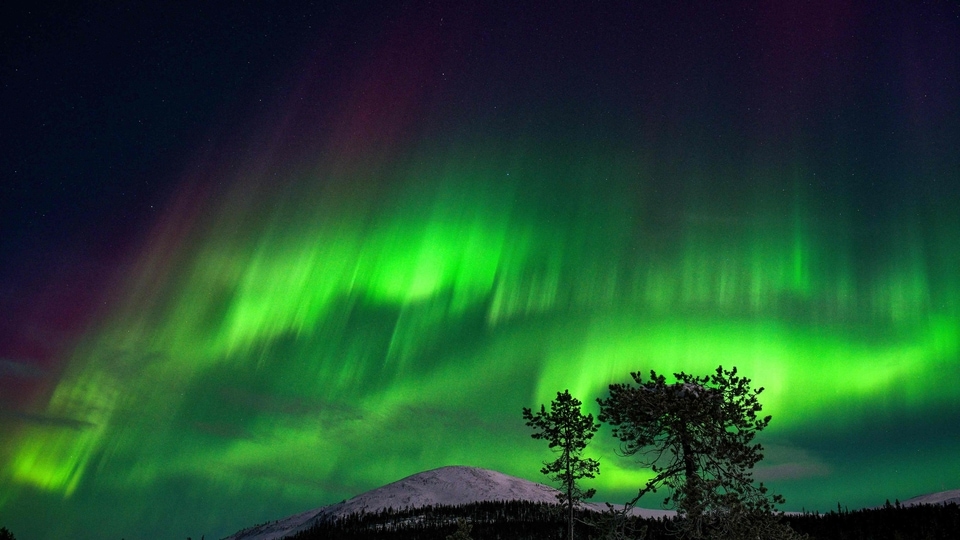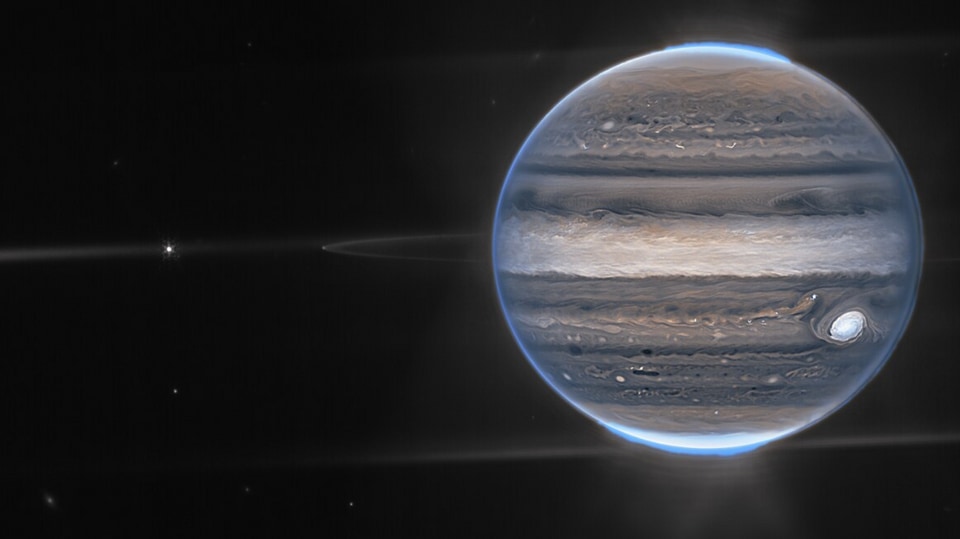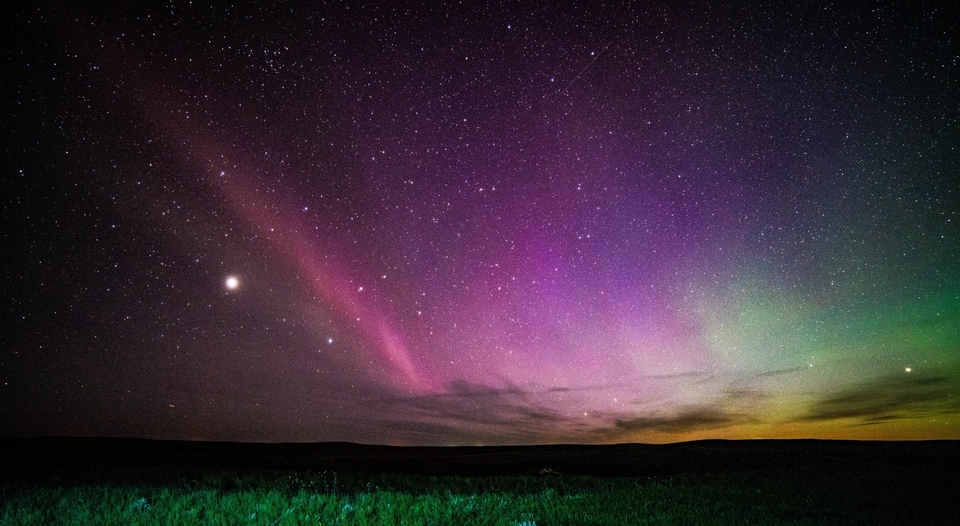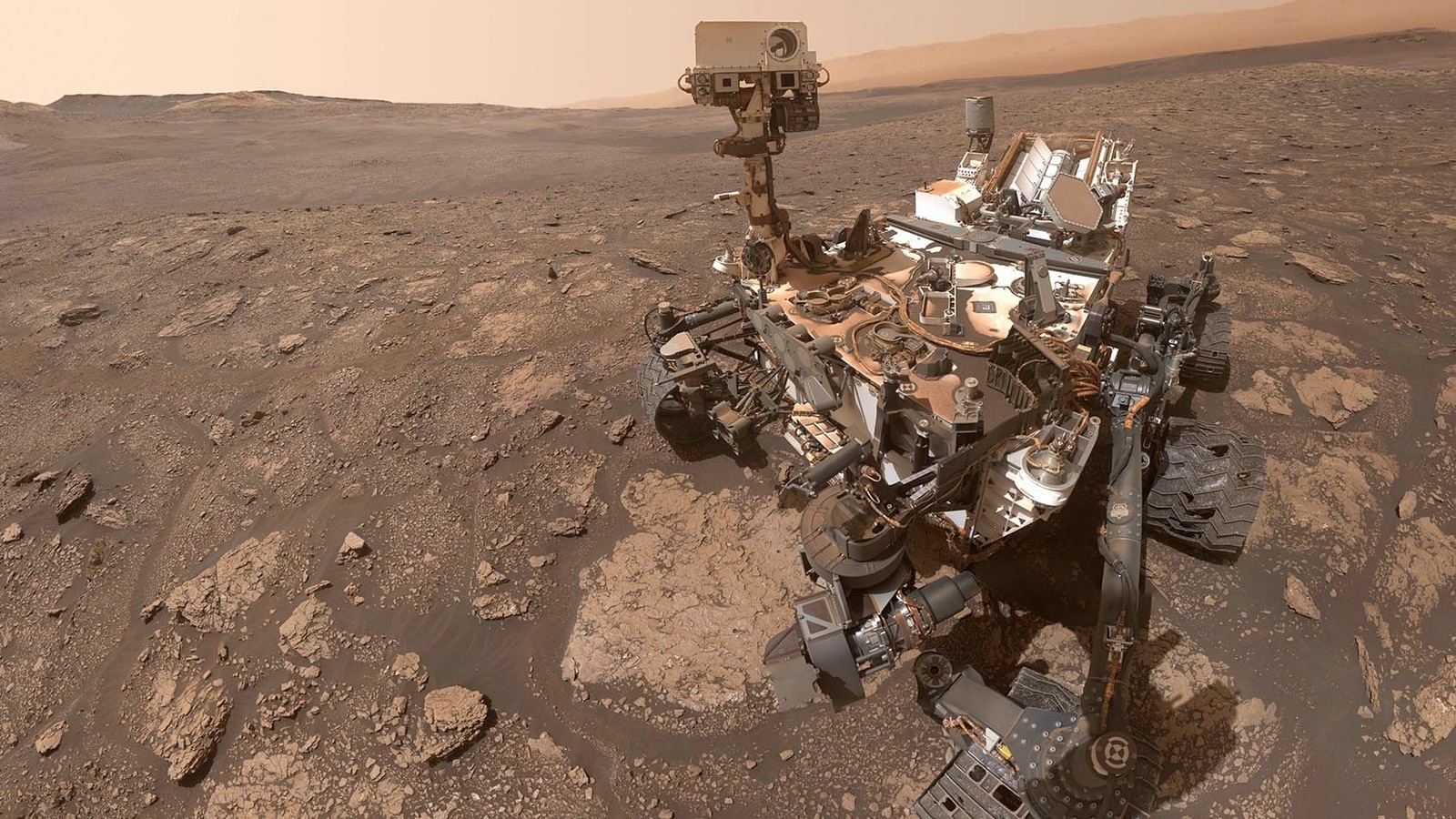Wow! NASA Curiosity Rover finally reaches mineral-rich salt region on Mars
NASA’s Curiosity Rover has finally made its long-awaited trip to the Salty Region on Mars. But what did scientists find out?






 View all Images
View all ImagesNASA's Curiosity Rover has been on its Mars exploratory mission for the last decade. Since its launch in 2011, the Martian rover has not only captured breathtaking snapshots of the barren planet, but has also discovered the potential signs that life may have existed on the planet. NASA scientists have been attempting to send the rover to the salty region of Mount Sharp for some time and now, the Curiosity Rover has finally made that long-awaited journey.
The rover recently reached the salty region of Mount Sharp which NASA suspects to be mineral-rich, calling it a “sulfate-bearing unit”. According to a NASA blog, scientists have believed this region was home to streams and ponds on Mars billions of years ago, which dried up and left minerals behind. If this theory is proved correct, it could provide a wonderful insight into the conversion of Mars from having Earth-like conditions to the barren sandy land it is today.
Although the rover recently made the long trip through treacherous terrain of the “Paraitepuy Pass surrounded by mountain ranges, this discovery was made more than a decade ago with the help of the Mars Reconnaissance Orbiter. Since arriving at its target region, the rover has already discovered many types of rocks and even signs of water, among minerals such as magnesium sulfate, calcium sulfate, and sodium chloride.
Scientists chose a rock named “Canaima” which was drilled into with the help of a rotary drill at the end of the rover's 7-foot arm, according to NASA. Kathya Zamora-Garcia, Curiosity's new project manager said, “As we do before every drill, we brushed away the dust and then poked the top surface of Canaima with the drill. The lack of scratch marks or indentations was an indication that it may prove difficult to drill.”
“We paused to consider whether that posed any risk to our arm. With the new drilling algorithm, created to minimize the use of percussion, we felt comfortable collecting a sample of Canaima. As it turned out, no percussion was needed,” she further added.
The Martian rock samples will be analyzed with the help of the Chemical and Mineralogy instrument (CheMin) and the Sample Analysis at Mars instrument (SAM) aboard the Curiosity Rover.
Catch all the Latest Tech News, Mobile News, Laptop News, Gaming news, Wearables News , How To News, also keep up with us on Whatsapp channel,Twitter, Facebook, Google News, and Instagram. For our latest videos, subscribe to our YouTube channel.




























